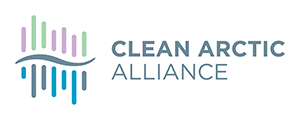Tradewinds: Why the IMO should ban the ‘false choice’ of scrubbers
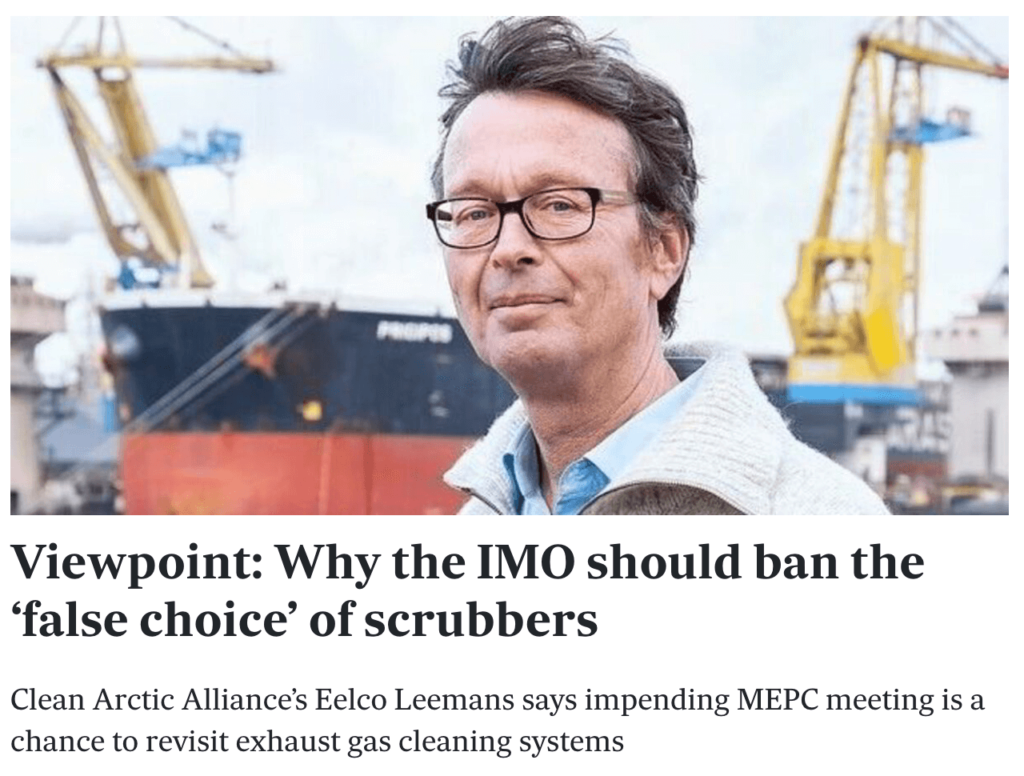
Published by Tradewinds on April 2, 2025, this opinion article by Clean Arctic Alliance Technical Advisor Eelco Leemans explores how an impending MEPC meeting is a chance to revisit exhaust gas cleaning systems – aka scrubbers.
Black Carbon and the Arctic: What is Happening, and What Comes Next?

The International Maritime Organization is finally starting to take action on black carbon emissions from shipping. What does this mean, in practice?
Clean Arctic Alliance Reaction to Copernicus Global Sea Ice Loss Report
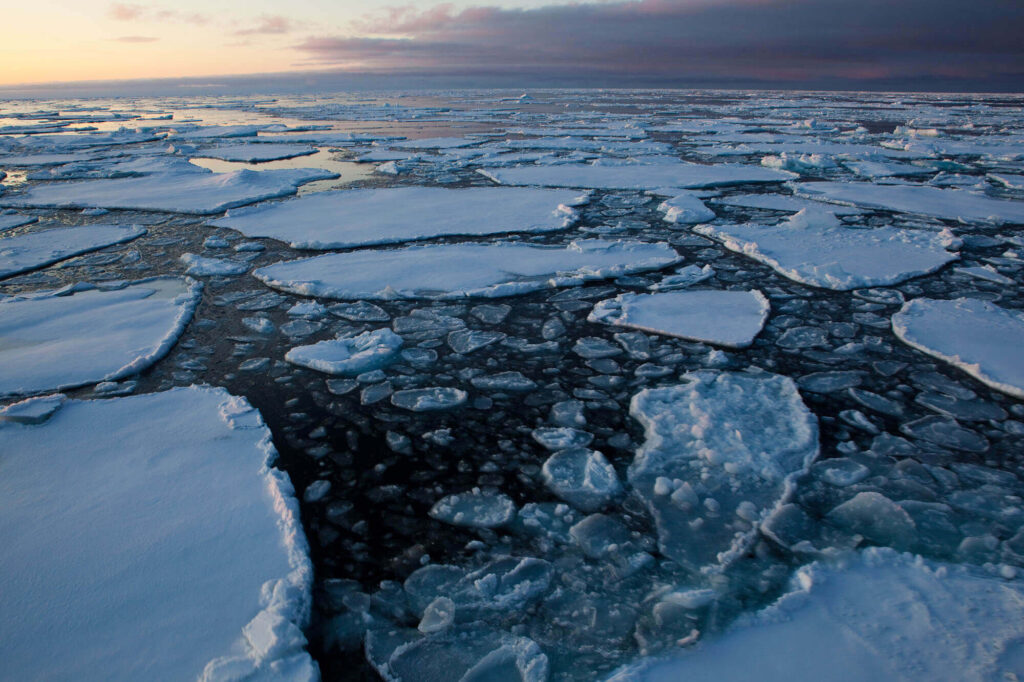
Responding to reports from EU’s Copernicus Climate Change Service that global sea ice cover reached a record low in February, the Clean Arctic Alliance today called on the International Maritime Organization (IMO) and the shipping sector to slash black carbon emissions from shipping in the Arctic region.
MEPC 83/12/3: Comment in response to the proposal to designate the North-East Atlantic Ocean as an emission control area for sulphur oxides, particulate matter and nitrogen oxides (MEPC 83/12)
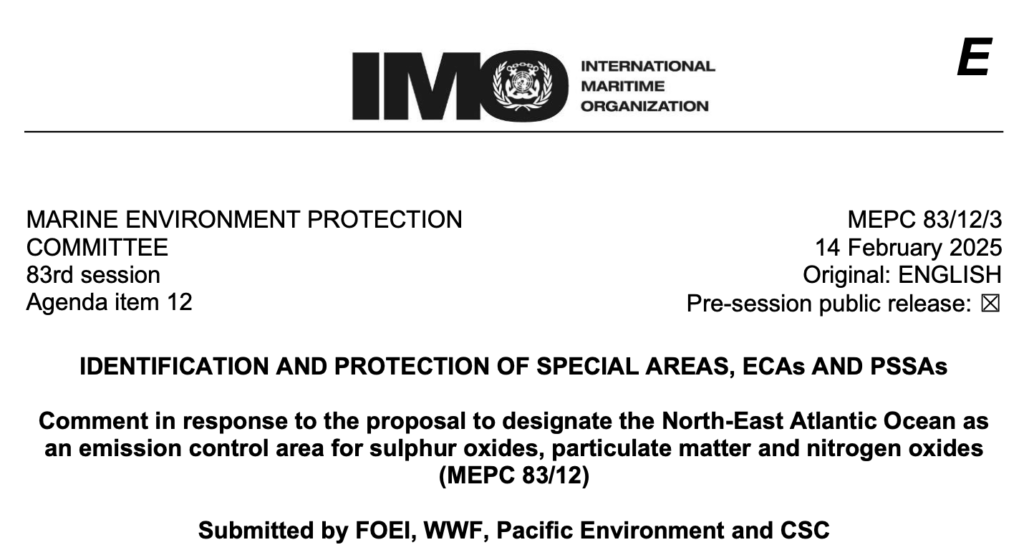
This document welcomes the proposal to designate the North-East Atlantic as an emission control area (ECA). The designation of an ECA will improve air quality and provide health benefits for millions of residents as well as protection for nature, agriculture, and the ocean from pollution deposition and ocean acidification. This document supports the efficient agreement and implementation of the ECA.
MEPC 83/10/3: Proposal for Resolution to Ban Scrubbers
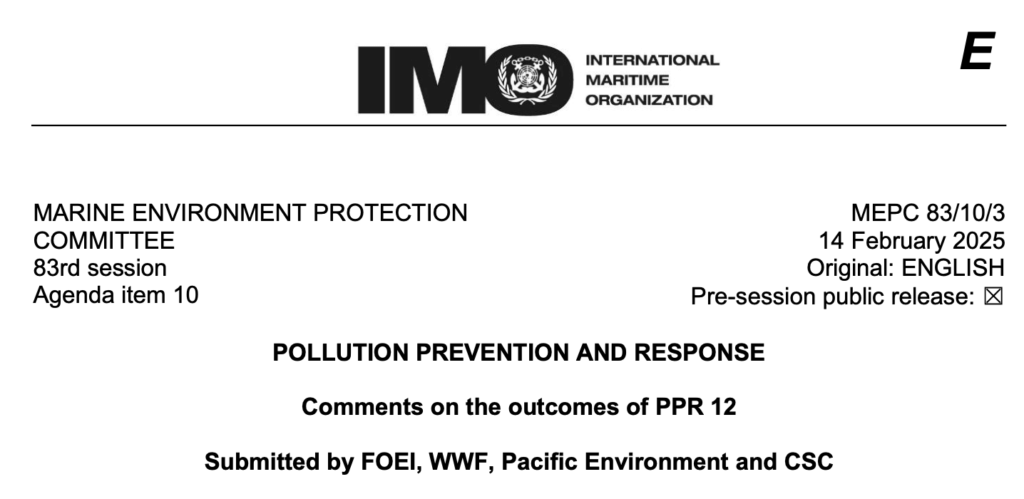
This document recalls dialogue at PPR 12 concerning output 1.23 and considers the value of a potential IMO resolution to protect vulnerable areas from EGCS – scrubber – impacts.
MEPC 83/16/4: Proposal for an ad hoc working group to address shipping at the intersection of climate, biodiversity and pollution
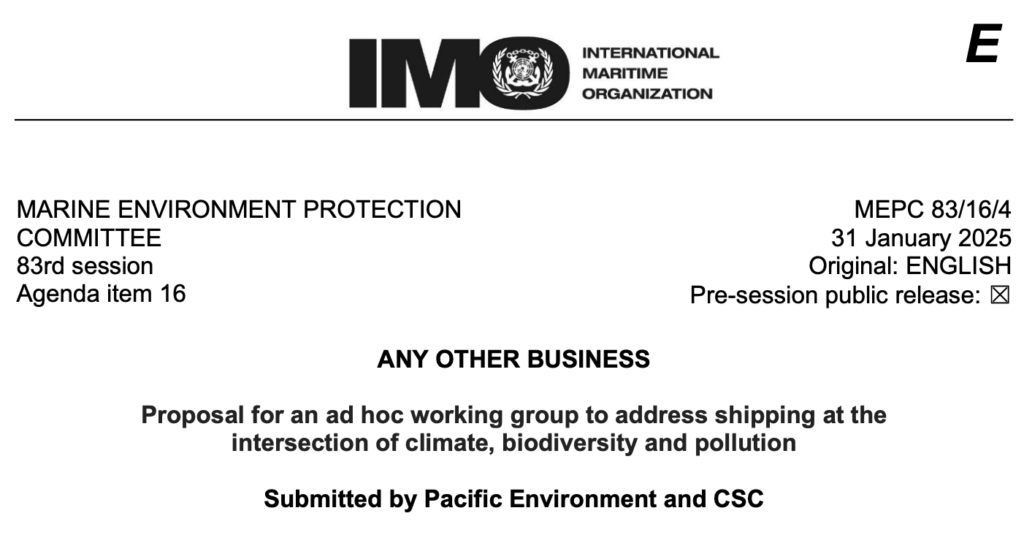
Document MEPC 82/7/10 proposed a new approach to address shipping within the triple planetary crisis of climate, biodiversity and pollution, in order to prioritize solutions with co-benefits to address these crises. This document updates the Committee on relevant research and initiatives and recommends establishing an ad hoc working group to make progress on reversing biodiversity loss and reducing pollution which supports climate action and vice versa.
PPR12: UN Shipping Body Shows Support for Polar Fuels, But Takes No Action to Reduce Black Carbon Emissions
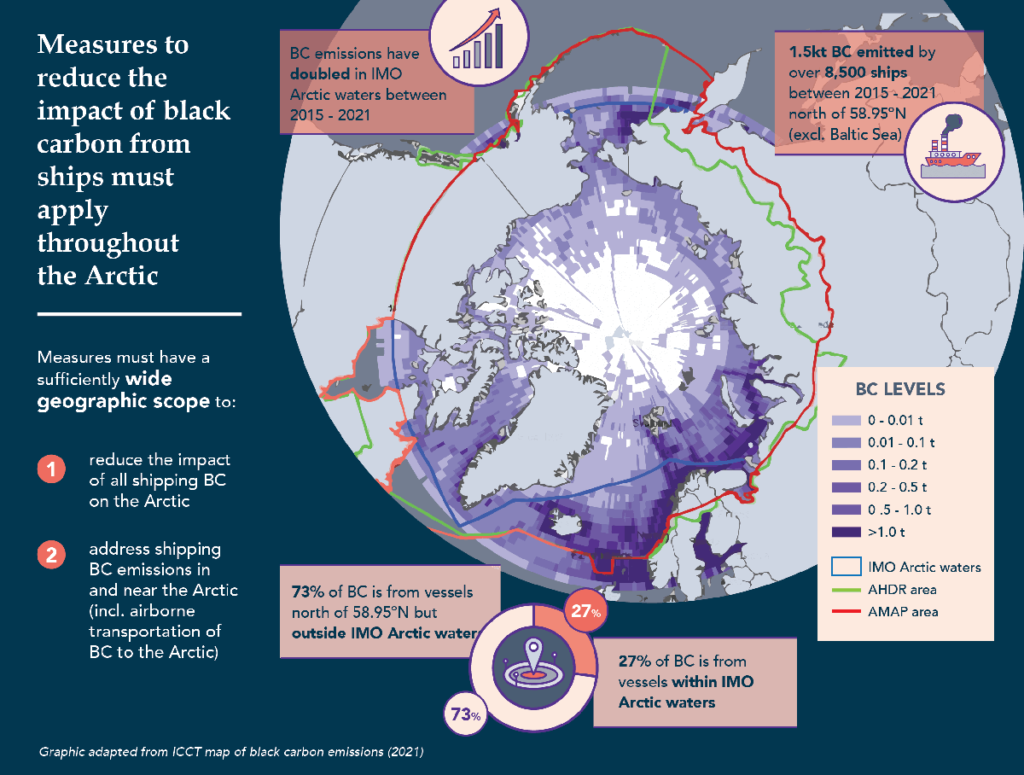
As a meeting of the International Maritime Organization’s (IMO) Pollution Prevention and Response sub-committee (PPR 12) closes today in London, the Clean Arctic Alliance welcomed the broad support from IMO member states, and parts of the fuel and shipping industry, for the development of a polar fuels definition, but called on shipping nations to urgently move forward on regulating such fuels to reduce the impact of black carbon – a potent short-lived climate pollutant – on the Arctic.
Lloyds List: Arctic black carbon debate stuck in viscous detail (PPR 12)
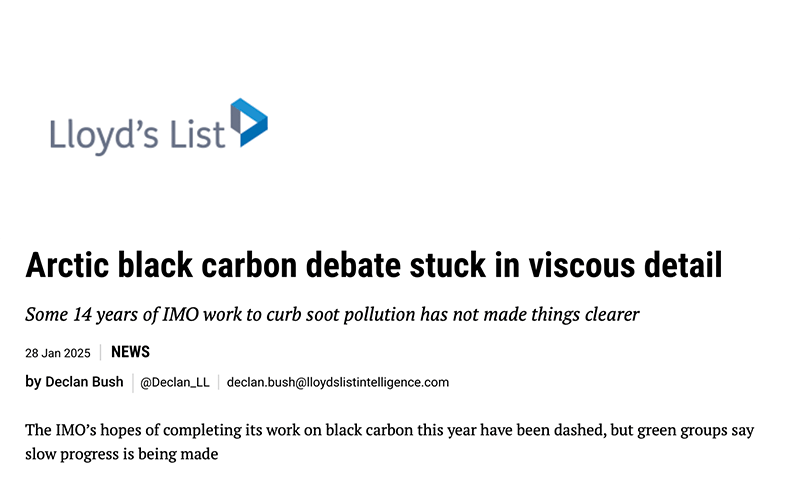
The IMO’s hopes of completing its work on black carbon this year have been dashed, but green groups say slow progress is being made
Presentation: Zero-Emissions Shipping – A Pragmatic Pathway for Arctic and Global Decarbonization
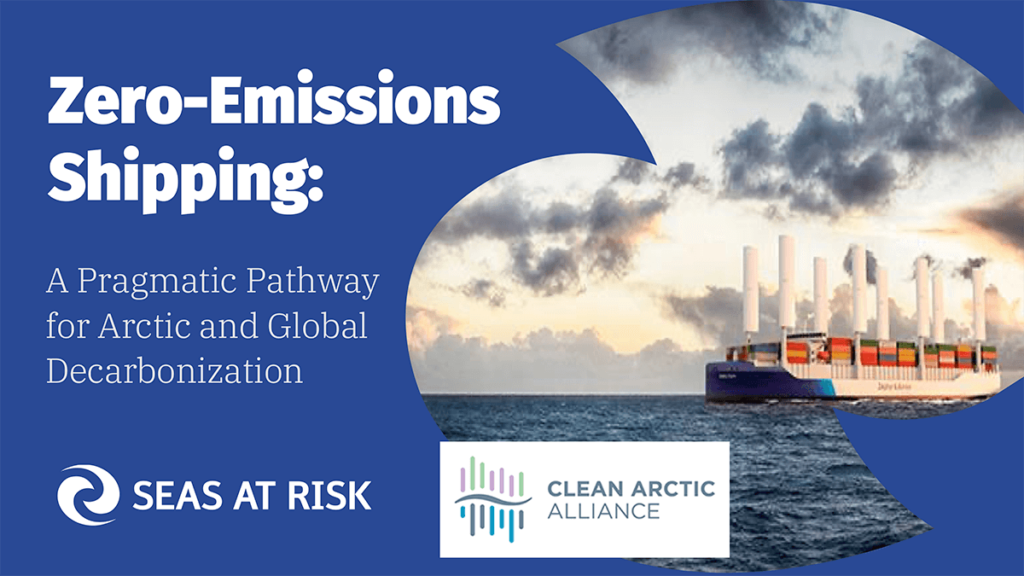
At the Arctic Frontiers conference, The Clean Arctic Alliance and Seas at Risk explored the intersection of shipping, climate change, and strategies for a sustainable future in the Arctic and globally. The Arctic region is undergoing significant transformation due to climate change, impacting shipping routes, ecosystems, and global trade.
Presentation: Reducing the Impact of Shipping’s Atmospheric Emissions on the Arctic: Progress and Future Opportunities

Presentation by Dr Sian Prior Lead Advisor to the Clean Arctic Alliance on “Reducing the Impact of Shipping’s Atmospheric Emissions on the Arctic: Progress and Future Opportunities, during the Pollution Control Measures session of the Polar Maritime Seminar, 23 – 24 January 2025 at IMO Headquarters in London.
